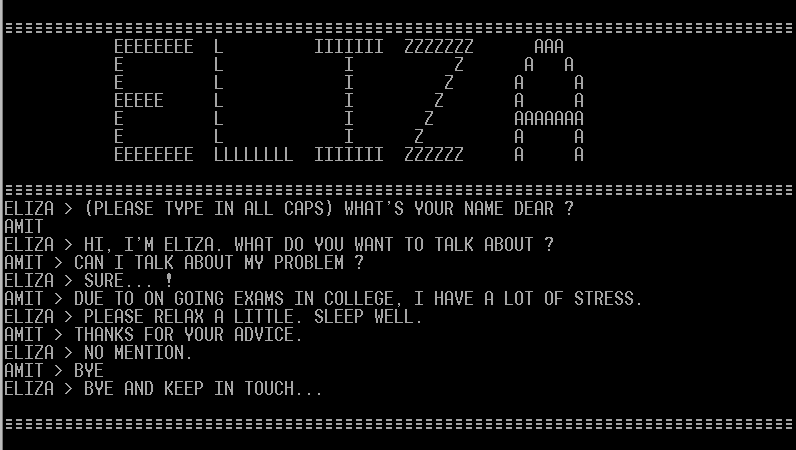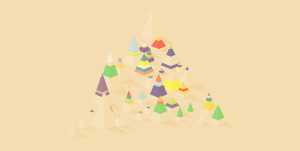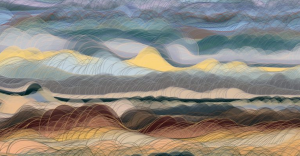In this last Looking Outwards, I looked through projects in the infinite-runner and side-scrolling genres of games. These would be especially interesting and relevant to my final project, because I intend to create a kind of infinite-runner/side-scroller game.
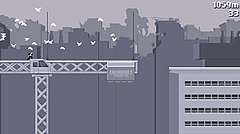
http://www.canabalt.com/
The first project that I was inspired by was the game Canabalt by Adam Saltzman for the Experimental Game Project. I thought this game was very interesting because, while thematically it’s a pretty simple game, its aesthetics and strict color scheme make it a very visually appealing game, and add a sense of drama. I really admire the way that art can not only just make a game look ‘good’, but it can actually play such a deciding role in whether the game’s experience itself is good. The graphics don’t have to be hyper-realistic, it’s all in the artistic sensibilities of the artist. The only thing I think that was overlooked was adding more appeal and interest to the game itself – jumping over buildings as a suit-clad office worker looks alright, but quickly loses luster.

http://www.swordandsworcery.com/
The second project I looked to for inspiration was Sword and Sworcery, by Superbrothers. It’s not an infinite runner, but it is a very beautifully created side-scroller. I really admire the art of it, how nostalgic it is even when it isn’t exactly what retro games used to look like – it still retains some feeling of the past. I want to use Sword and Sworcery as an art inspiration for my project, and study it for how I can incorporate visuals into my side-scrolling game. As my project will be a game that many will remember from childhood, I want its art to suggest something nostalgic and fond memories.
Both of these projects are very different in terms of what kind of games they are, and what the user experience is, but I think that I can learn a lot from the both of them in order to create the kind of game that I’m imagining.

![[OLD – FALL 2016] 15-104 • COMPUTING for CREATIVE PRACTICE](../../../../wp-content/uploads/2020/08/stop-banner.png)

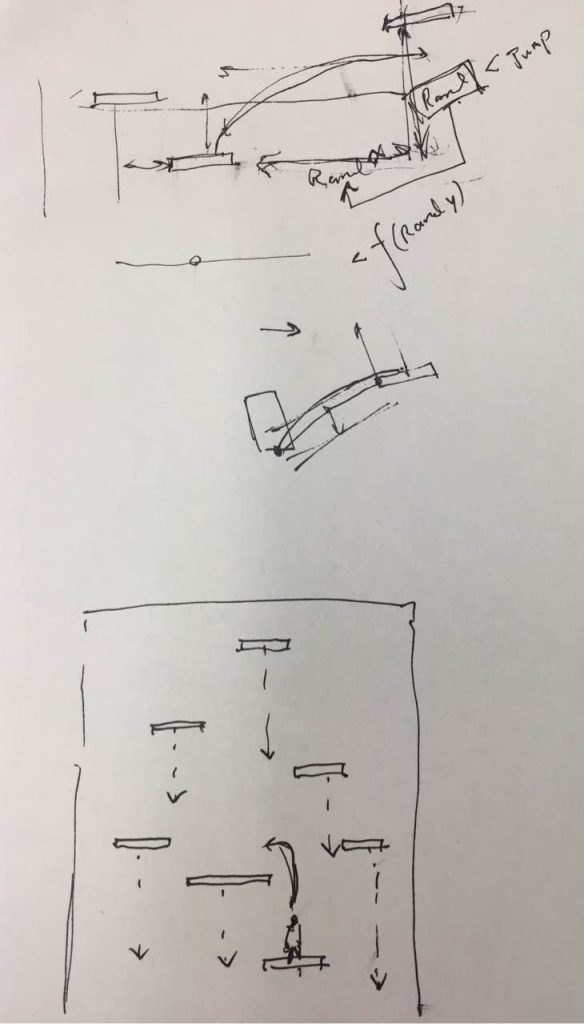
 Typatone screenshot
Typatone screenshot
